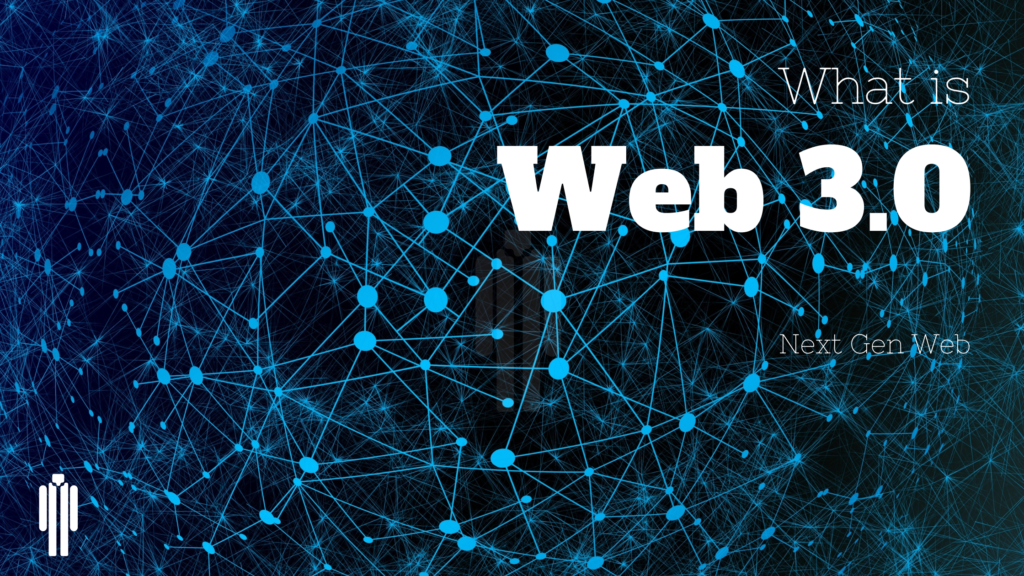What is Web 3.0 and is it really worth?
Learn more how Web 3.0 is changing the scene

Before moving toward Web 3.0 or Web 3.o it would be great if we discuss what is decentralization with an example, blockchain, and semantic web?
The most common example given for decentralization is of a restaurant franchise. like if a restaurant opens multiple branches, each branch is responsible for its acts and they have full authority, most decisions will be made according to the need of each branch and their locals. In the blockchain, decentralization refers to the transfer of control and decision-making from a centralized entity (individual, organization, or group thereof) to a distributed network Ref
Blockchain is a more complex concept that highlights three key concepts. The first key concept is that Blockchain is a database that connects encrypted data blocks to create a chronological single source of truth for the data. Second, rather than being duplicated or moved, digital assets are disseminated, resulting in an immutable record of the various resources. Finally, the asset is decentralized, allowing for real-time public accessibility and transparency. A visual record of changes safeguards the document’s integrity and fosters trust in the asset. Blockchain’s inherent security features, combined with the fact that it is a public ledger, make it an ideal choice for almost any business.
Semantic Web: Berners-Lee coined the term to describe a web in which machines process content in a humanlike manner (i.e., a “Global Brain” in which all data is connected and understood contextually and conceptually).). The idea behind using the semantic web is that it comprehends and interprets the data’s context and concept. As a result, when a user searches for an answer, web 3.0 provides the most accurate and relevant result.
now let’s see what is Web 3.0?
Web 3.0 (also known as web3) is the third version of the Internet that connects data in a decentralized manner to provide a faster and more personalized user experience. It is built with artificial intelligence, machine learning, and the semantic web, and it employs the blockchain security system to keep your data safe and secure.
However, web 3.0 will allow us to be compensated for our time and data: “people have been exploited by tech firms — essentially, fooled into giving valuable data away with little or no compensation from the firms that collect and benefit from it.” Instead, [with web3], people should be compensated for the information they share.”
This means that users will be able to sell their own data to advertisers while maintaining ownership and privacy. Furthermore, web3 will allow websites and applications to use data more meaningfully and tailor information to each individual user. NFTs ( Nonfungible Token) are examples of Data ownership. The third generation of the web is one in which you will have personalized interactions with machines and websites in the same way that you would with any other human.

Let us see how you can differentiate between the first two generations of the web with web 3.
Web 1.0 is the read-only web, where users could just read the content without any interaction or feedback.
Web 2.0 involves reading-writing, where users could write along with reading like commenting on Facebook posts.
Web 3.0 is a read-write and interact web, where people can read, write and interact with content (Powered by AI).
We will not talk about web 1 and 2.0 because there’s already a lot of discussion on it. The main question is why we need 3.0?
It raised some concerns that currently used services were dominated by powerhouses such as Google, Facebook, Microsoft, and Amazon. Customers were given limited control over their data usage, which sparked a slew of allegations against these multibillion-dollar corporations. Money not revolving, users are used for just entertainment without any benefit to them and these corporate giants are growing. Facebook, eBay, and Airbnb are just a few examples. Unfortunately, we have become overly reliant on these platforms, and when they shift from “attract” to “extract,” their users (whether individuals or businesses) suffer as a result of higher fees or platform risk (i.e. the platform has the power to destroy your business running on it). whether Amazon blocks your million $ account you can do nothing.
So now it’s time for users to have some stake-holding in their content, that is why blockchain specialists view web 3.0 as a safer version. Web 3.0 will fundamentally broaden the scale and scope of human and machine interactions far beyond what we can currently imagine. These interactions will be possible with a much broader range of potential counterparties, ranging from seamless payments to richer information flows to trusted data transfers. Web 3.0 will allow us to interact with any person or machine on the planet without having to pay a fee to a middleman. This shift will enable previously unimaginable businesses and business models, ranging from global co-operatives to decentralized autonomous organizations and self-sovereign data marketplaces.
to be continued….